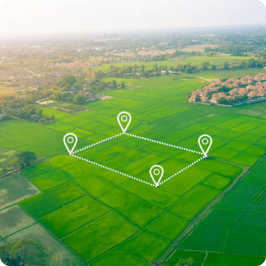
The State Significant Development (SSD) assessment process in NSW ensures a thorough, transparent evaluation of state significant projects. Below are the key steps:
(Secretary’s Environmental Assessment Requirements):



Environmental Impact Statement (EIS)
The EIS must be clear, technically sound, and reflect community views. It must be prepared in line with SEARs and submitted with the development application.
A registered environmental assessment practitioner (REAP) must verify the EIS’s quality and completeness.





You can contact Urban Perspectives using the form. We are ready to chat about your project.